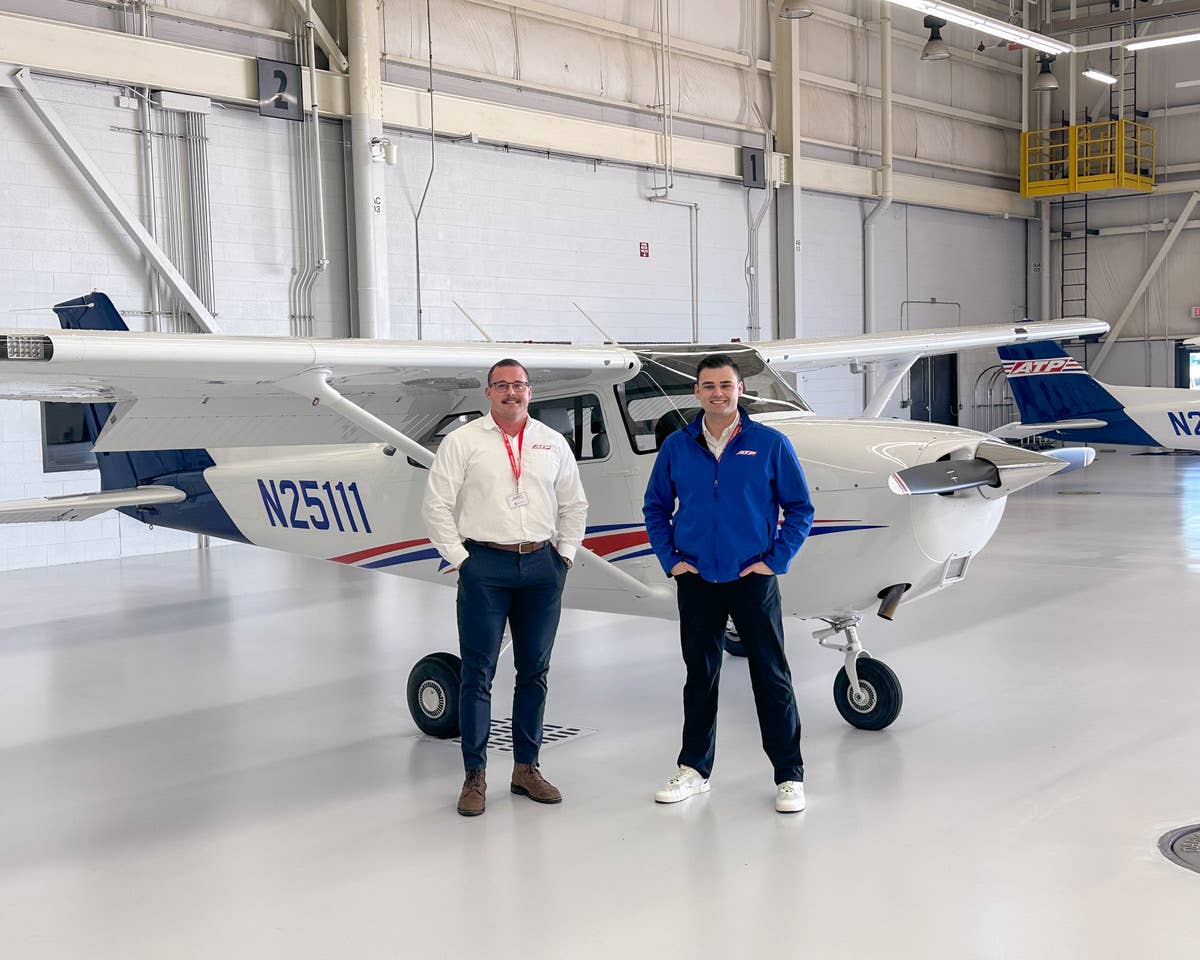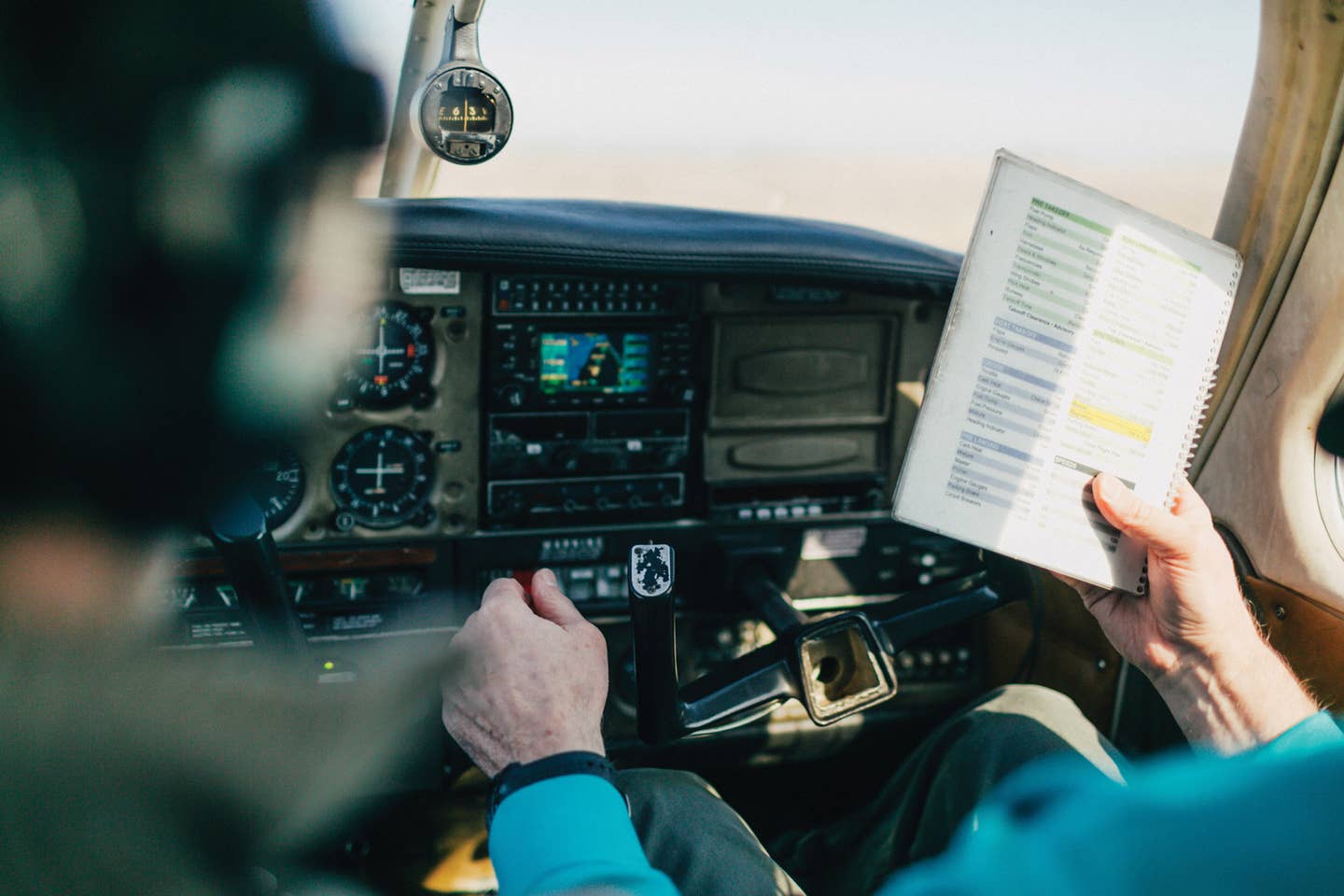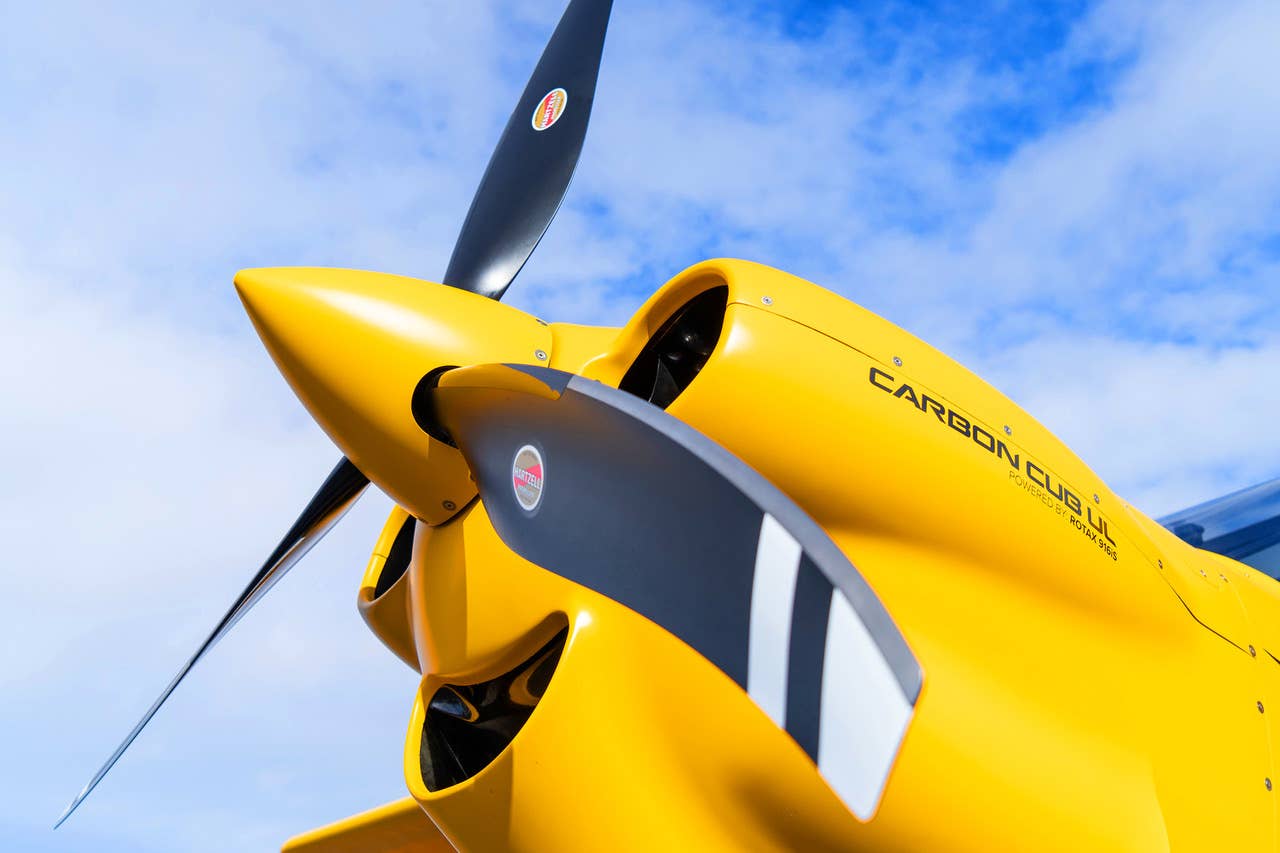I never liked the saying, "Plan the flight and fly the plan." Most GA flying requires bending the plan to fit the reality of the moment---or ends with the breaking of something valuable. When the aircraft capabilities are limited and crew resource management consists of talking to oneself, flexibility is king.
Flexibility flows from a bag of options you never plan to use. You draw from them when a change of plan makes everyone's life a bit easier. Or maybe it just makes your life easier, but you're paying for the fuel.
For instrument pilots, the poster child option is the contact approach. Even if you're not instrument-rated, it's worth understanding how this works, because we all share the same air. It also resembles the special VFR clearance, which should be in every pilot's option bag.
Why? Because they both let you legally break the rules.
See And Avoid Under IFR
Suppose you're approaching an airport from the south that has only one published approach coming in from the north. As you fly over the airport, you see the runway and a clear path to descend and join final. Landing now would save you trucking miles past your destination only to turn around and come back.
You're confident you could descend and land without generating an NTSB report, but you can't guarantee VFR cloud clearances, so you can't simply cancel IFR. Or maybe you could cancel IFR, but you're worried the clouds will move over the airport as you spiral down, leaving you without an IFR clearance to fall back on.
What you want is a contact approach, which lets you keep your IFR clearance and find your own path to the runway without following any published procedure. The critical requirements are remaining clear of clouds with a mile visibility and not dying as you get to the pavement.
The other important details are that the airport must have a published instrument approach (no contact approaches to your uncle's ranch) and flying a contact approach to Airport A only to break off and land at Airport B is considered bad form---like "license suspension" bad. The contact approach is an approach clearance, just like "...cleared ILS Runway 24 Approach," so all the standard IFR requirements are still in play, including cancelling IFR on arrival if it's an untowered field. You'll also want some stick-and-rudder proficiency in maneuvering flight. Too many vectors-to-final can atrophy the angle-of-attack awareness you need to bob and weave around the clouds.
Unlike the visual approach that's a standard clearance in good weather, ATC can't offer---or even suggest---a contact approach, although I know controllers who received requests for visual approaches when the weather was too low for a visual and told the pilot, "Unable visual approach. Please contact me with another approach request."
You don't even need the destination airport in sight to make the request. You simply need reasonable confidence you can get there visually. Once approved, you design the rest of this approach on the fly.
This is usually the point where many an instrument pilot says, "No, thanks. I'll just stick with the safety of my published procedure." Fair enough, but the contact approach doesn't require abandoning the published procedure. You can still fly most---or all---of a published approach, as long as you stay visual. Don't assume the contact approach is anarchy; they can be used to augment a published procedure.
Imagine trucking along on an intermediate leg of a published approach that's taking you in and out of clouds with turbulence or icing. When you're in the clear, request a contact approach. Once granted, you can avoid the clouds with climbs, descents or deviations left or right of the approach course as you see fit. You could still generally follow the published segment to help find the airport, but 400 feet lower, or a mile right of course.
Doesn't that remove guaranteed obstacle protection? Absolutely. You're responsible for staying out of trouble. But if the clouds hold ice, or your attitude indicator has a sickly lean to the left, or any number of reasons that make staying visual the better option, you now have it without cancelling IFR.
Keeping the IFR clearance in your escape hatch. If you lose your way, or the airport closes back in, you can still declare a missed approach. If you re-enter the clouds accidentally (or unavoidably) on a contact approach, the onus is on you to stay out of the rocks and get back to ATC immediately.
Every published approach has a specific procedure if you can't land. The contact approach does not. This is another good reason to keep the most relevant published approach in mind while you bob and weave your way to the airport. If you tell ATC you're rejoining the missed approach procedure for a specific published approach, they know exactly where you're going---even if they immediately supply different instructions.
Contact Approach Snags
While most controllers are happy to offload responsibility to you and clear you for the contact approach, some controllers meet a request with, "Confirm you're cancelling IFR." Whether they forgot that part of the ATC operating guidelines or just aren't enthusiastic for something out of the ordinary, you may have to clarify. "I'm staying IFR. I'm requesting a contact approach, which is like a visual but requested by the pilot and only needs a mile visibility." The silence following may be someone flipping hurriedly through the 7110.65 controller's procedures. Hopefully, your clearance will come back, along with all the flexibility it allows.
Of course, there's the danger of hitting something tall, dark and poorly lit while maneuvering to stay clear of those clouds. This is a risk. If you have an obstacle display on your GPS or iPad, this is an excellent time to use it. A synthetic vision view is a huge help. No, I'm not advocating flying solely by your obstacle display. There will be times, however, when you have to decide, "Right or left around this scuddy bit of cloud?" You probably want the one further from the towers.
Circling minimums can be your friend, as well. Remember that these denote a safe altitude for a volume of airspace a specified distance beyond the runway ends. The Category A minimums usually only reach 1.3 miles from the airport. But the Category C and D minimums reach 2.7 and 3.6 miles from the runway ends, respectively. That's roughly 3 and 4 miles from the airport center. So, if you're on a contact approach and within three miles of the airport, any path to the airport above Category C circling minimums should be obstacle-free.
If you're wondering about contact approaches at night, my question is: How do you stay clear of clouds and obstacles you can't see? If you've got a good answer, okay. Contact approaches are equally legal at night.
Passing On The Double Yellow
If you drive the backroads of my neighboring state of Vermont, it behooves you to know passing on a double-yellow line is perfectly legal. You never leave your house planning to drive on the wrong side of the road, but you as the driver have the final say that it's warranted and there's enough room to do it safely.
Contact approaches are like that. On marginal days, you can stay inside the charted black lines to your destination airport, and accept the limitations they impose. Or you can employ an alternate plan if the situation warrants it. That's what masterful use of the system is all about.
IFR Tips For VFR: Special VFR
Just like an instrument pilot might see the visual shortcut but not ask for the contact approach, a VFR pilot might get within 10 miles of the destination, hear an ATIS report of 1,000 overcast or two-miles visibility and immediately divert elsewhere.
Not that diverting is terrible, but it might not be necessary. If, from the pilot's perspective, the flight to the airport can be completed visually, a request can be made for a Special VFR clearance into the airspace. The request would be made when you first contacted Tower with your position and the current ATIS identifying letter, but would end with "... request Special VFR clearance for landing."
The request can be denied if there's too much IFR traffic in the area, but most controllers will do their best to fit you in. The ground visibility must be more than one mile as well, unless you're flying a helicopter.
Special VFR is available to any certificated pilot in any aircraft. Special VFR at night is legal if you're instrument-rated and the aircraft is instrument-capable; however, the question of "How do you stay clear of clouds and obstacles you can't see?" still applies.
Here's a crucial catch: Special VFR clearances are for the surface area around a towered airport or a Class E surface area around an uncontrolled airport. That's only the column of airspace that reaches the ground. You must retain VFR cloud clearances until you enter that airspace. Once inside, you only need one-mile visibility and remaining clear of clouds, just like the contact approach. Use the same tricks of obstacle views on an iPad or noting the circling minimums to help keep you out of trouble. Make sure you're stick-and-rudder skills are above par, as well; you may be maneuvering in three dimensions with little warning.
Perhaps even more handy is departing an airport under Special VFR. The field is technically IFR, but you can see that if you can just depart eastbound for a mile or two it opens up and you'd be on your way. Make your request to Ground on your initial call and see if they can work it out. You might have a longer-than-usual wait for departure, but it's faster than waiting for the clouds to lift, or even getting an IFR clearance sometimes. Again, the hall pass on VFR cloud clearance ends when you depart the surface area column of airspace.
Coming or going, you're holding up any IFR traffic while operating Special VFR, so a hearty thanks to ATC is appropriate when you're done.
You can read more on this subject, or other instrument flying topics, in Jeff's IFR Focus blog.
Want more articles on instrument flying and related VFR options? Check out our Inside IFR archive.

Subscribe to Our Newsletter
Get the latest Plane & Pilot Magazine stories delivered directly to your inbox






